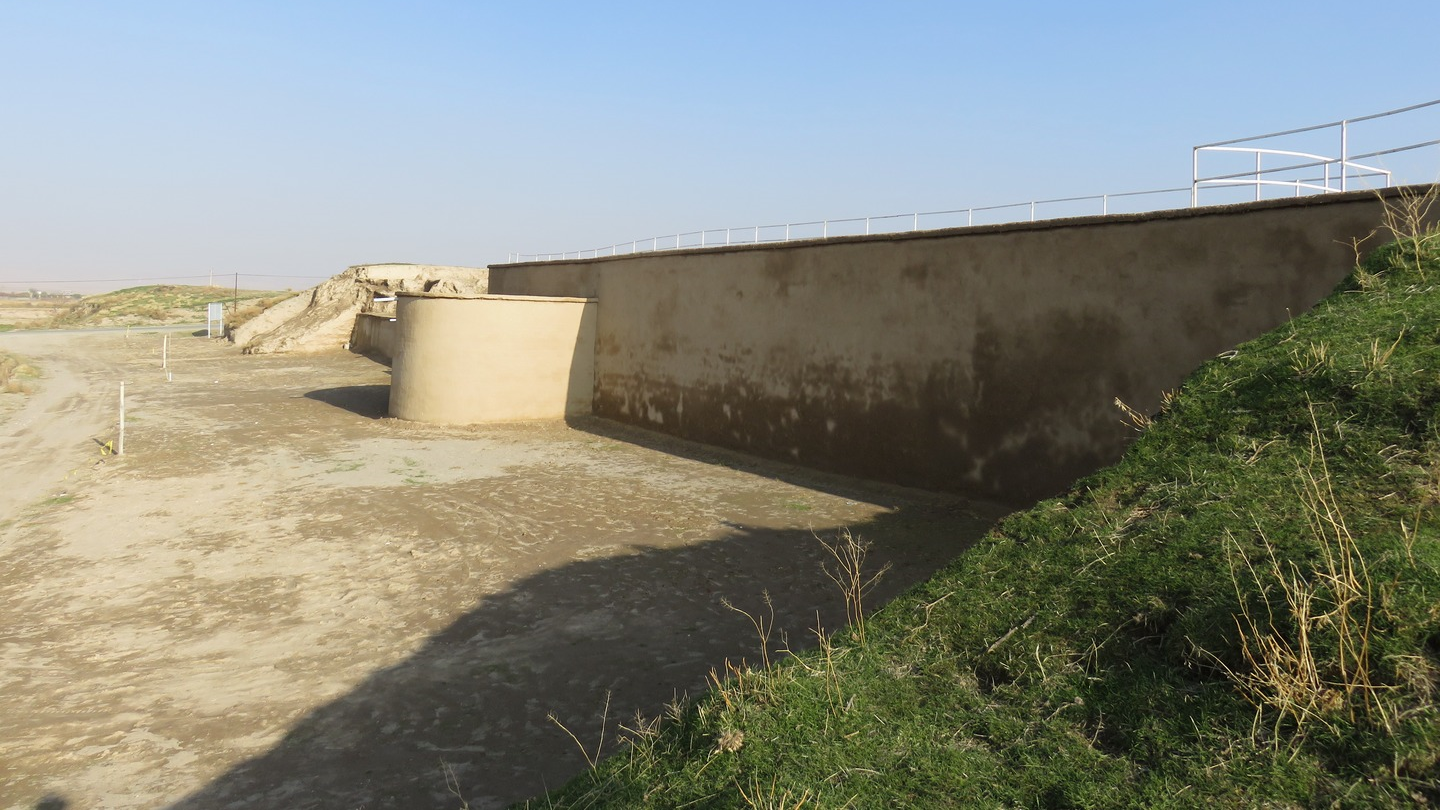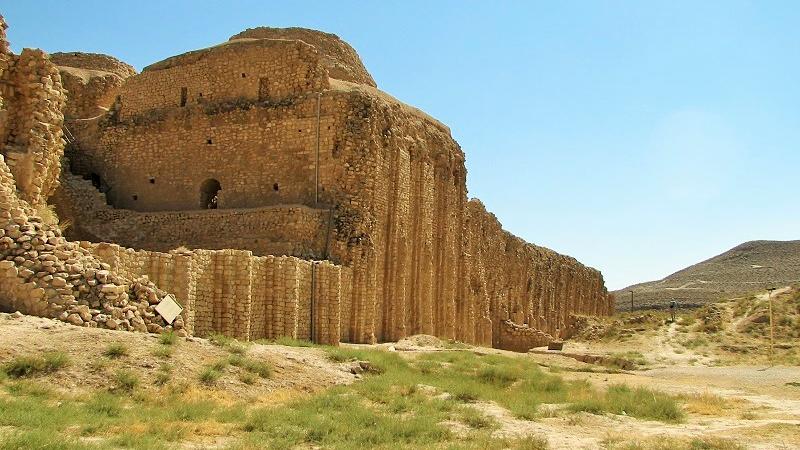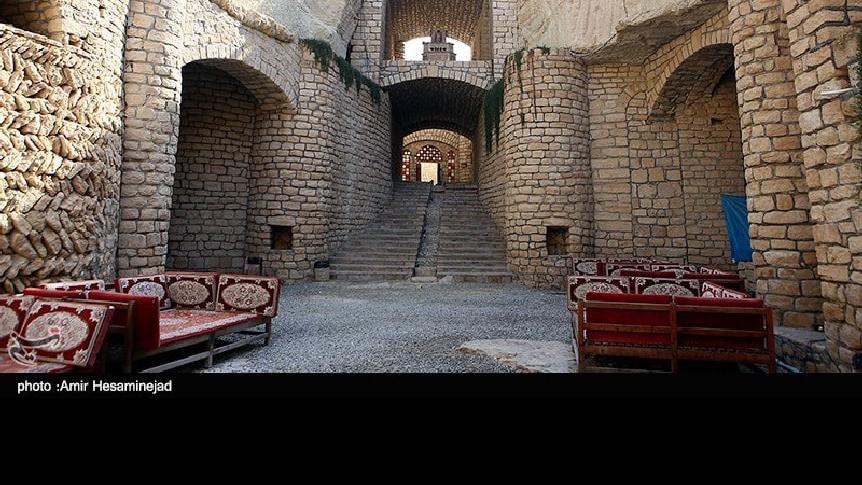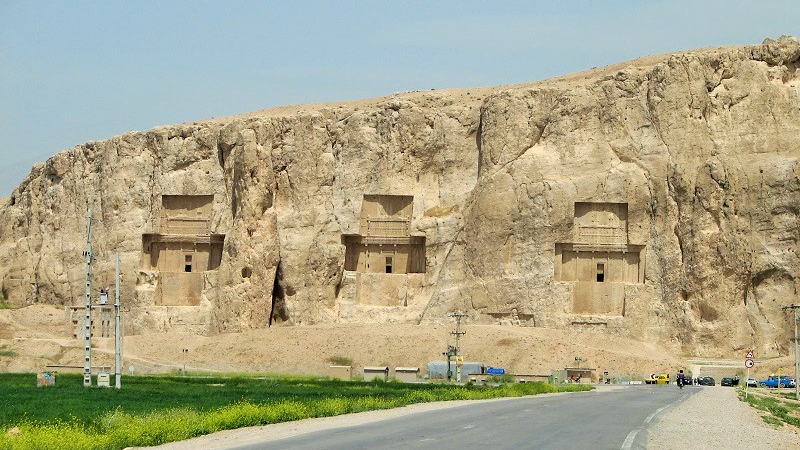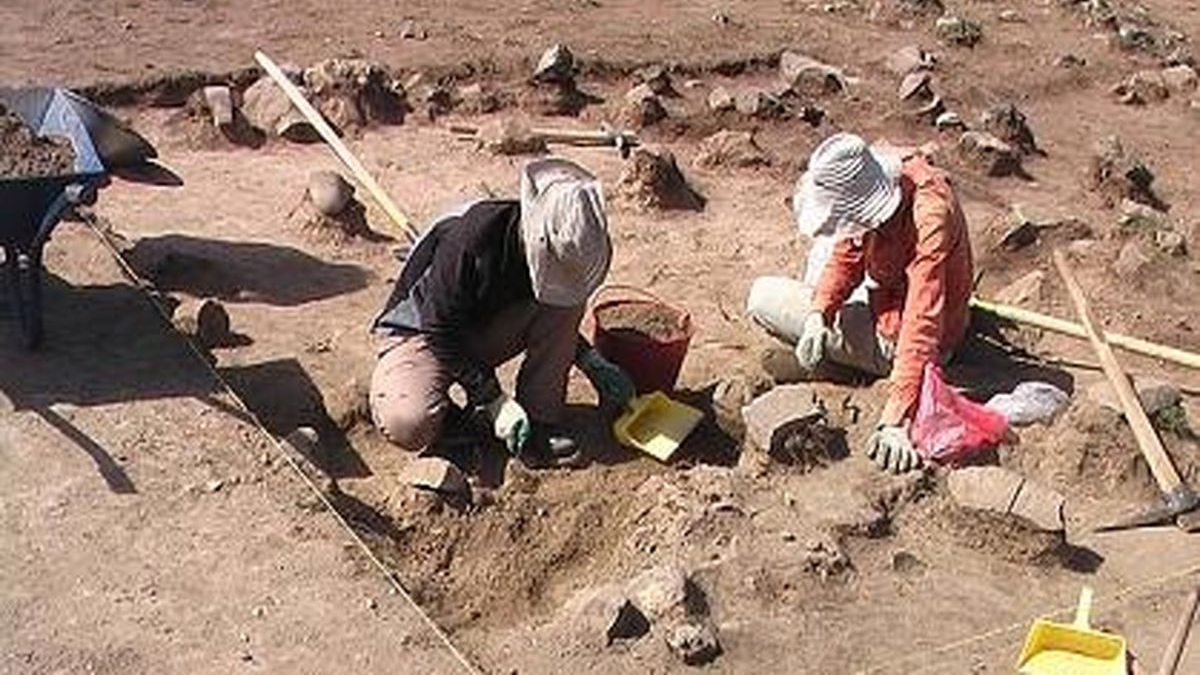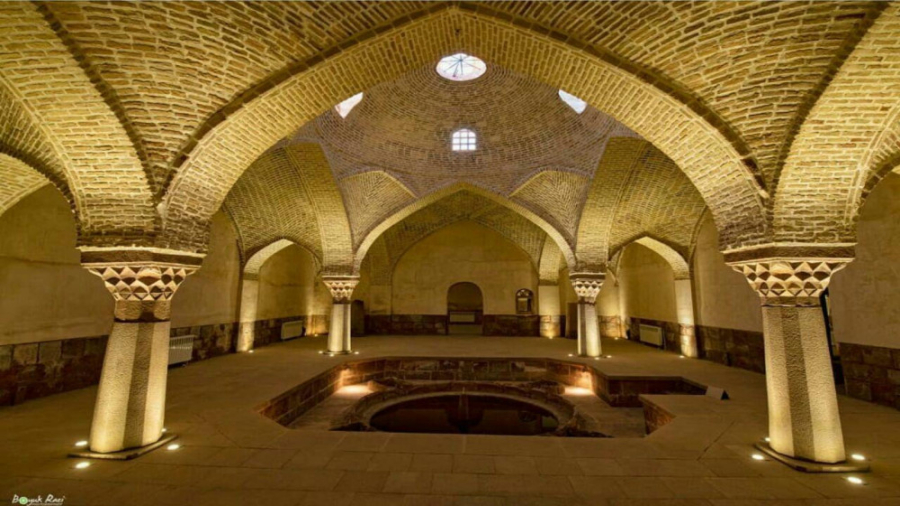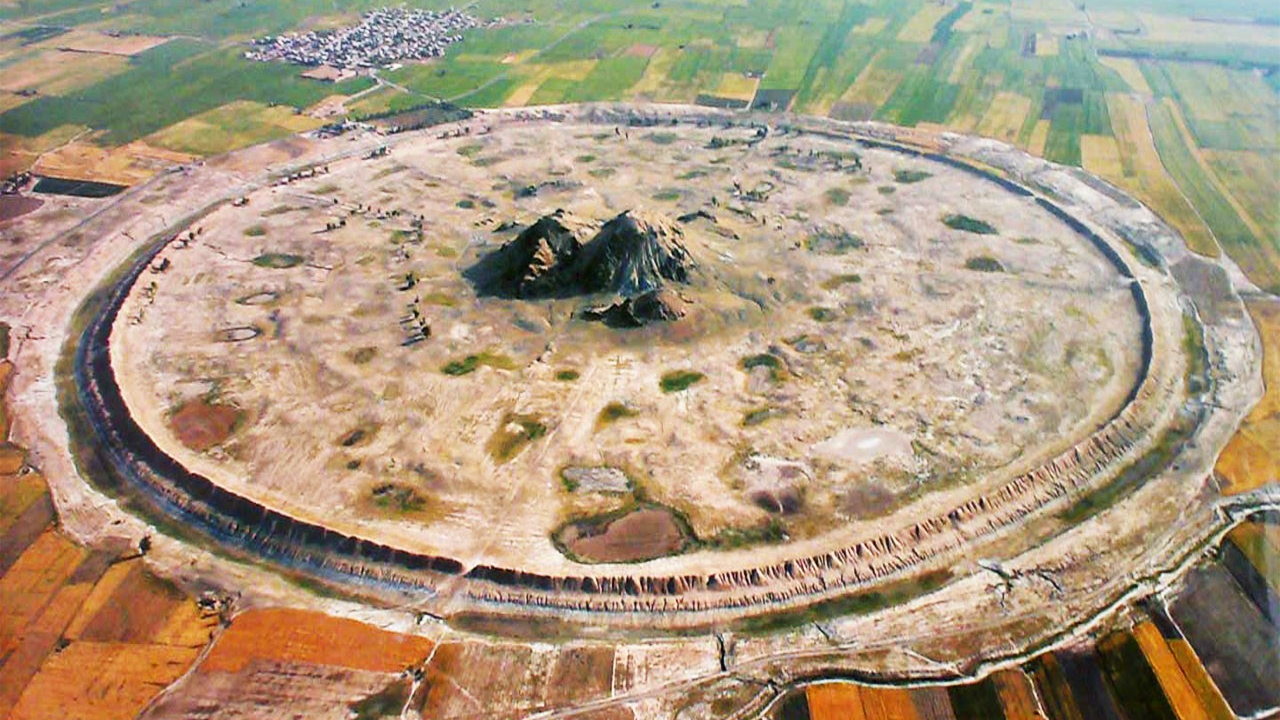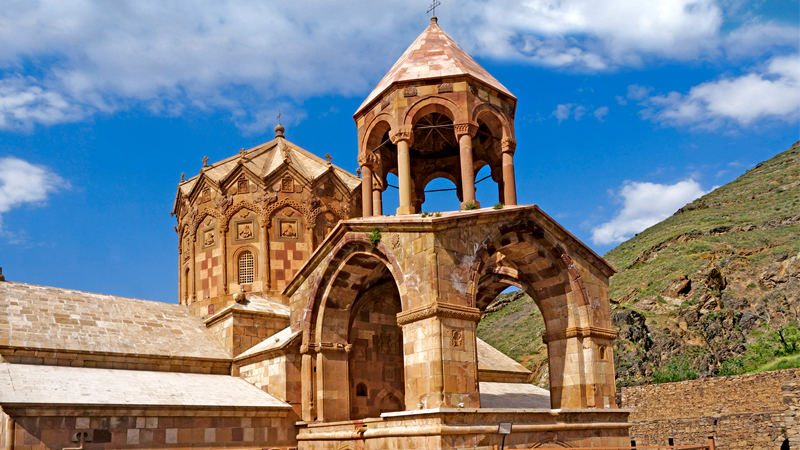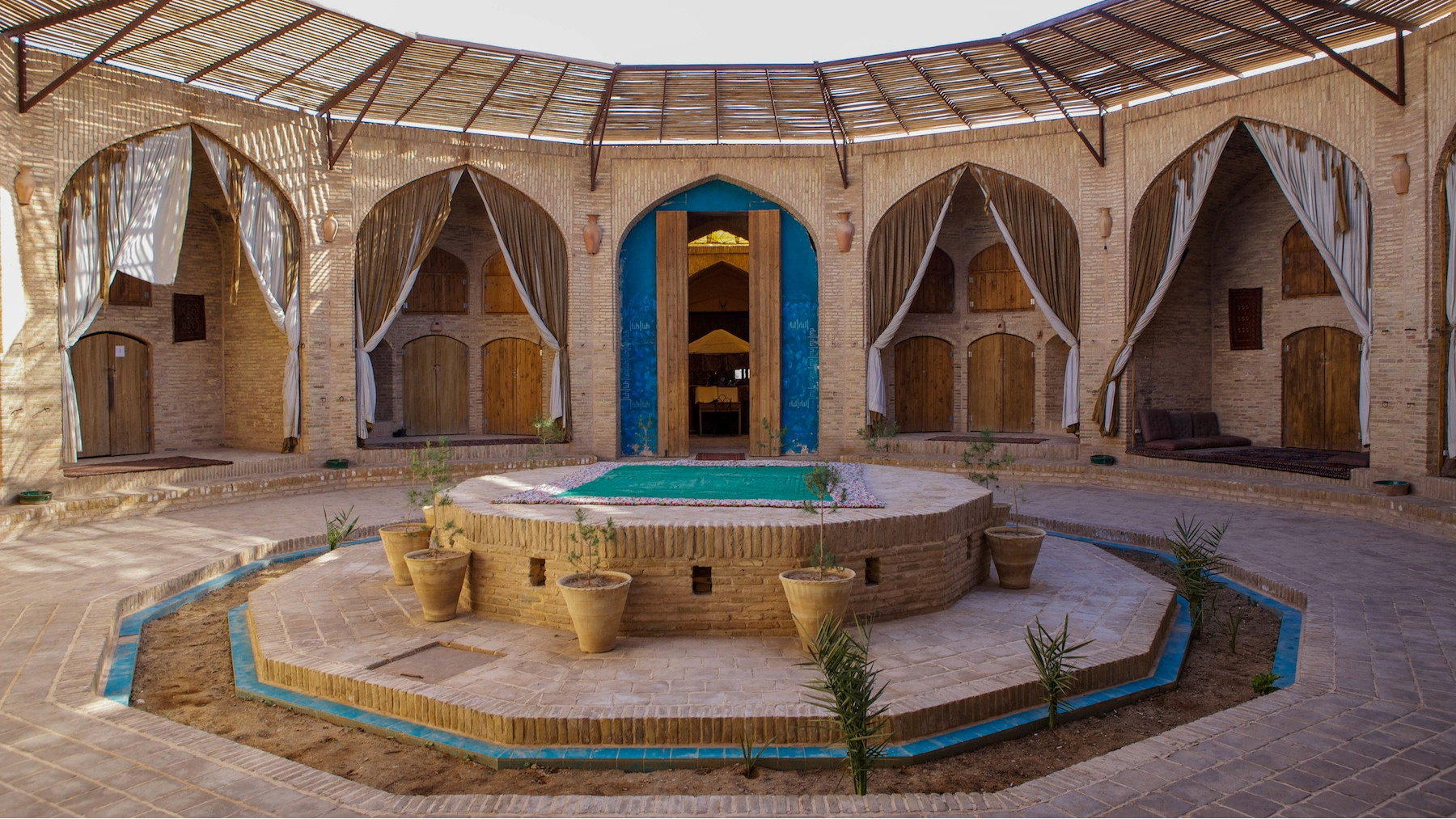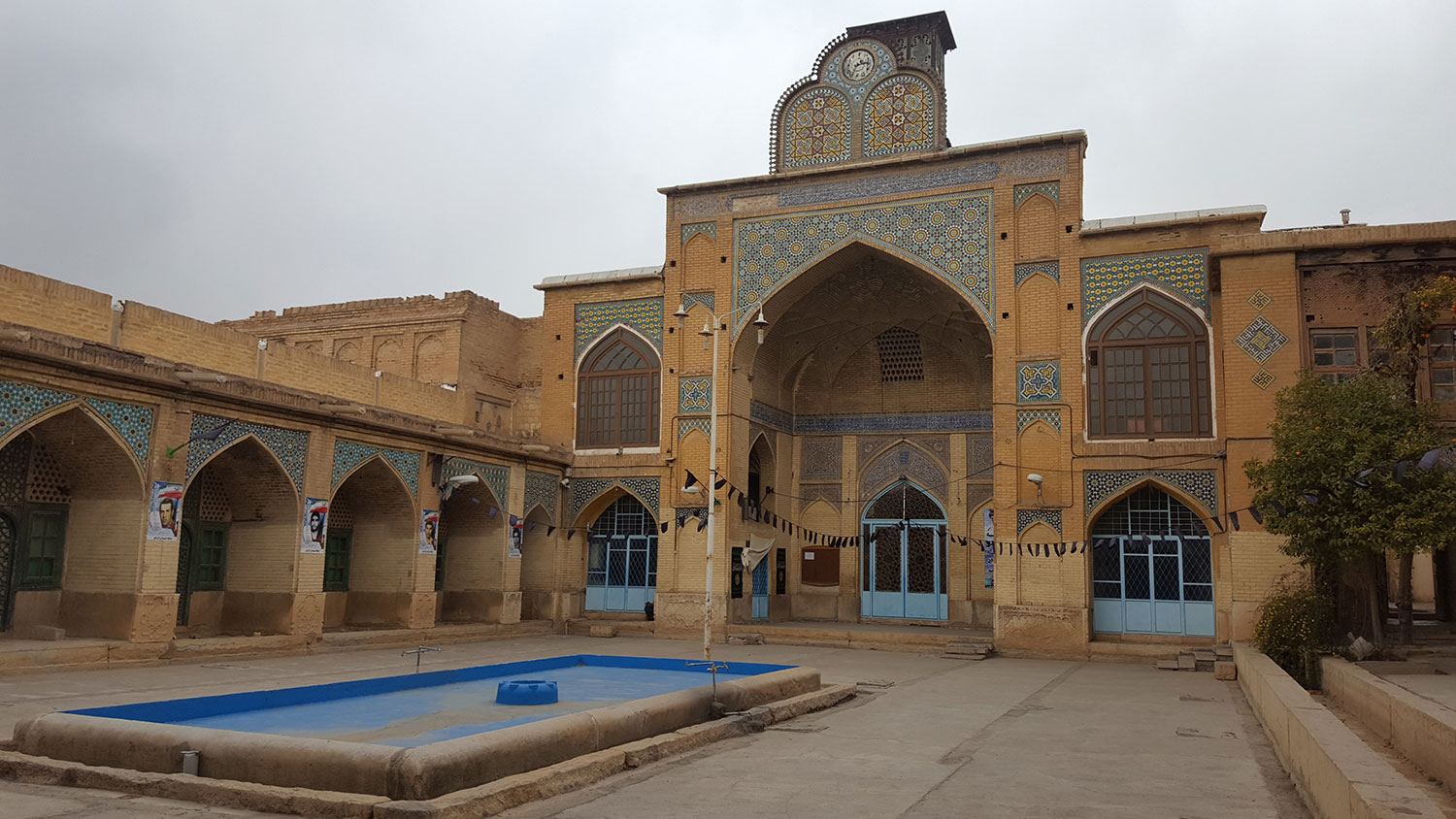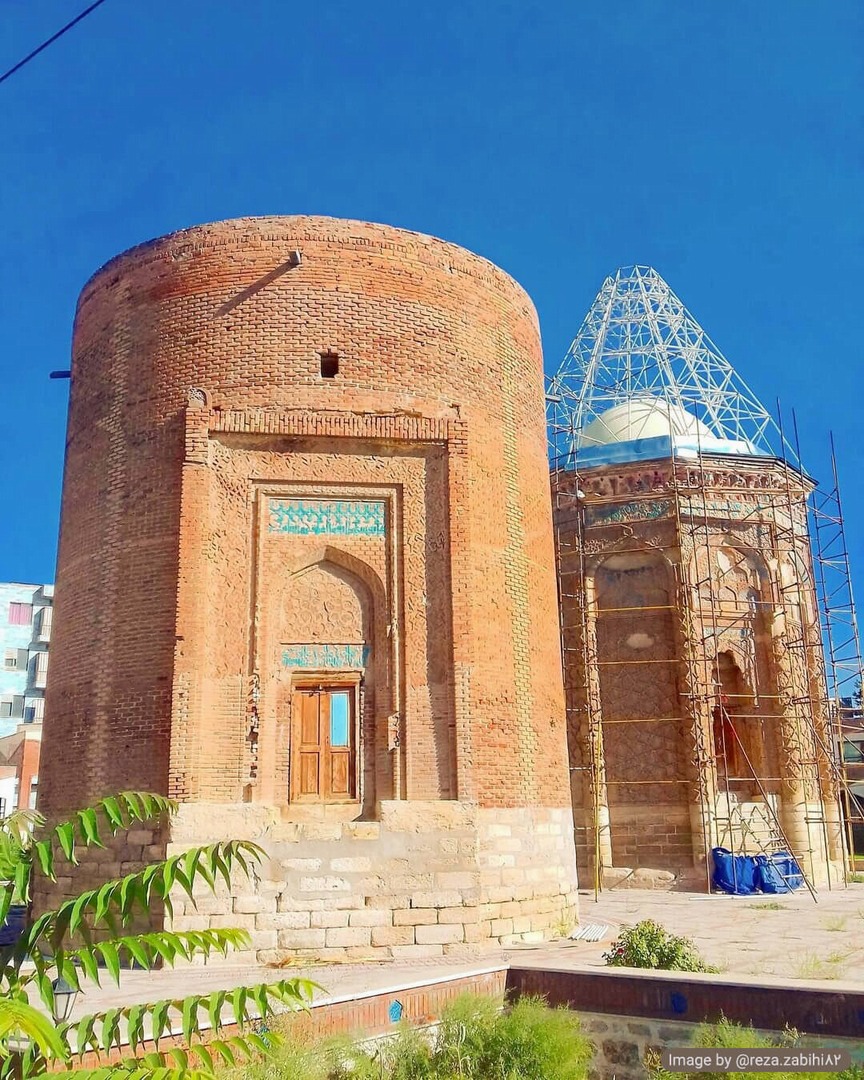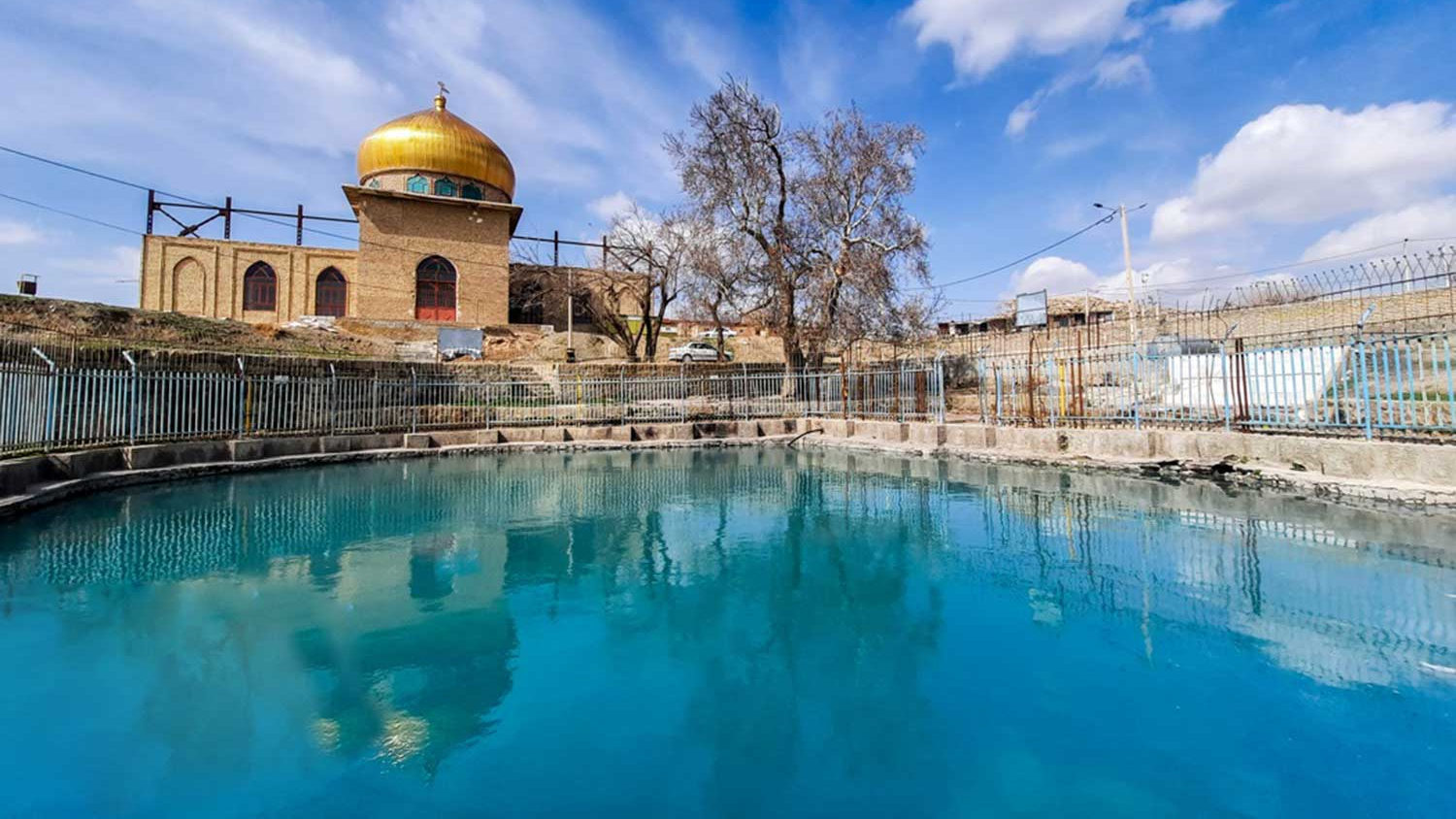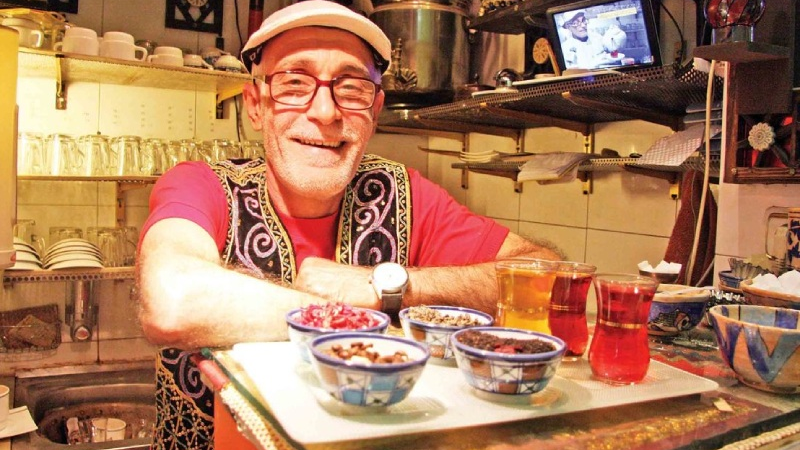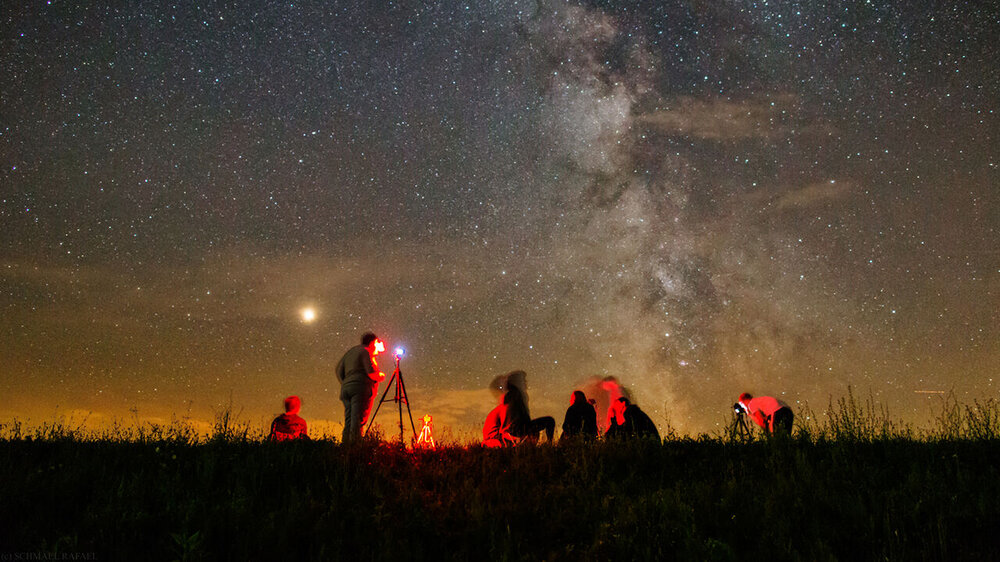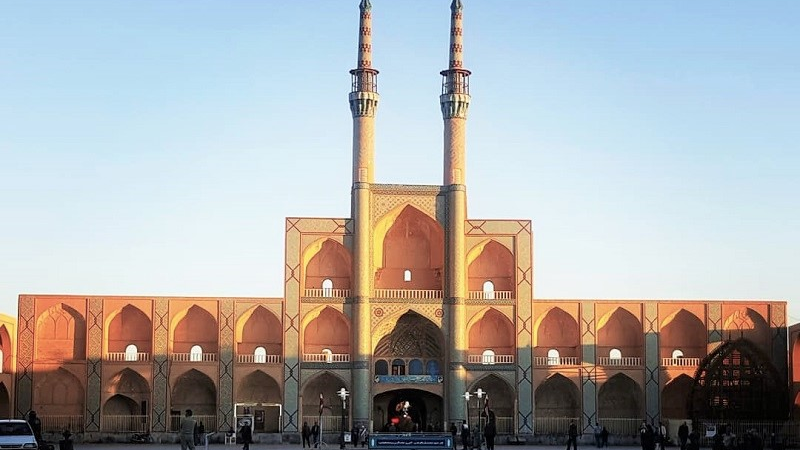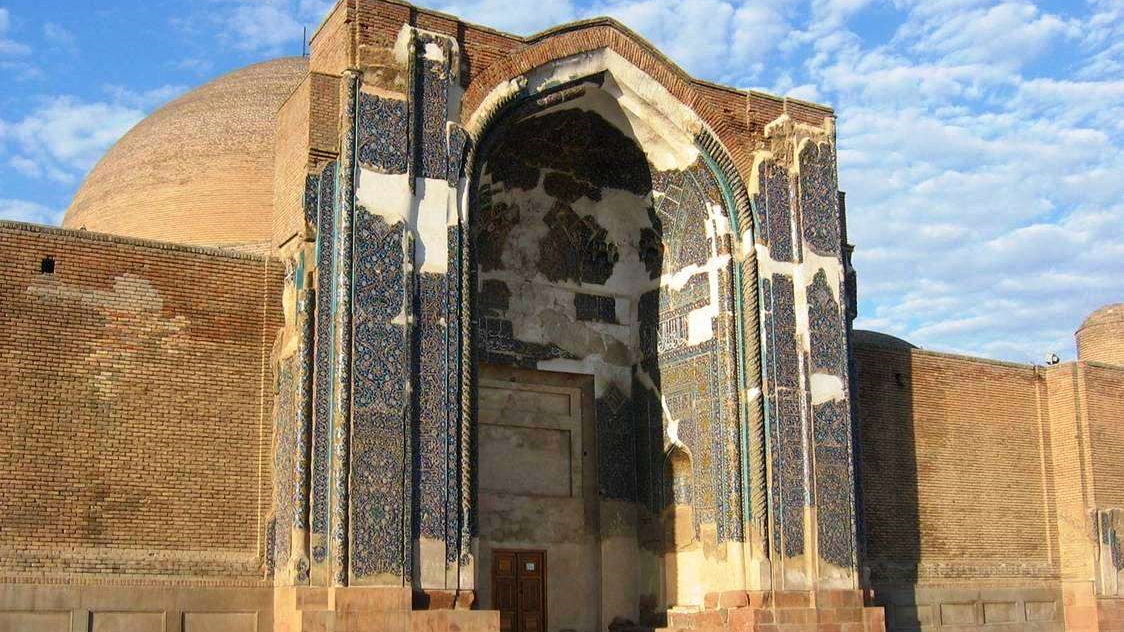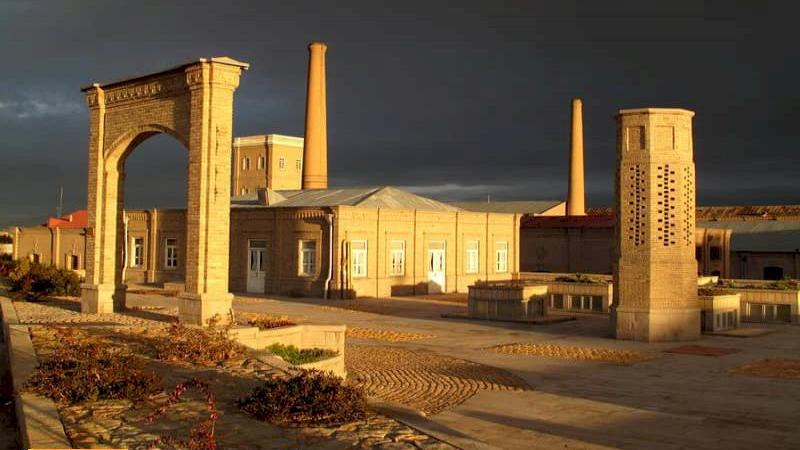
Jame’ Mosque of Sarab
Every Iranian city has had a jame’ mosque since the distant past where important gatherings and religious ceremonies are held. Jame’ Mosque of Sarab is one of these mosques, which is still a place for people to attend and hold their religious ceremonies even after 550 years since its construction.
History and Features of Jame’ Mosque of Sarab
The history of Jame’ Mosque of Sarab dates back to the 15th century AD. There is an inscription at the eastern entrance of the mosque, which is written in the Naskh script. This type of inscription was popular during the rule of the Mughal Empire and the Aq Qoyunlu dynasty. It seems that this inscription was installed during the reign of Abu Nasr Uzun Hasan Aq Quyunlu who was one of the powerful sultans of the Aq Quyunlu dynasty and ruled over parts of Iran, Iraq, Eastern Anatolia, Armenia, and today’s Republic of Azerbaijan. Uzun Hasan made Tabriz his capital in 1471 AD.
In the recent excavations done in Jame’ Mosque of Sarab, it has been revealed that the current mosque was built on the remains of an older mosque.
Architecture and Decorations of Jame’ Mosque of Sarab
Unlike many mosques, Jame’ Mosque of Sarab does not have a minaret. A large nave and a small courtyard in the western part, along with two entrances, constitute the main components of this monument. There are no special decorations inside the mosque and only three niches can be seen in its southern part. Among these three, two niches have simple plaster decorations and one is decorated with Zarrinfam glazed tiles.
The tiled niche is 142 cm high and the width of its tiled area is 152 cm. A one-piece tile with arabesque motifs and turquoise color glaze can be seen inside this niche. There is a 30 cm wide inscription made of embossed tiles in this niche most of which is damaged, but from what has remained, it can be assumed that the construction of the niche dates back to 500 years ago.
The existing nave of the mosque has a series of domes, most of which are built on a vault and columns. The mosque has a wooden pulpit that is 2.1 meters high and 3.6 meters long and has seven high steps. The name of the donor of this pulpit is written on the top of it with a beautiful thulth script.
The mosque has two entrances located on its east and the west. There is a marble inscription above the eastern entrance written in the Naskh script. According to this inscription, the age of the mosque dates back to the period of the Agh Qoyunlu dynasty (1470 AD). The name “Haji Rafiuddin ibn Alhaji Moshiruddin”, the founder of the mosque, is also engraved on this inscription. The eastern entrance leads to the courtyard and the nave of the mosque by climbing 10 steps. The western entrance is also connected to the small western courtyard with seven long stone steps.
The interesting thing about this mosque is its continued use, such that many religious ceremonies are held in this place throughout the year, and it is considered one of the most important places for gathering and social activities of the people. This mosque is located in an old neighborhood in the middle of Sarab.
Jame’ Mosque of Sarab was inscribed on the list of Iran’s national heritage in the year 1968.
| Name | Jame’ Mosque of Sarab |
| Country | Iran |
| State | East Azerbaijan |
| City | Sarab |
| Type | Religious |
| Registration | National |
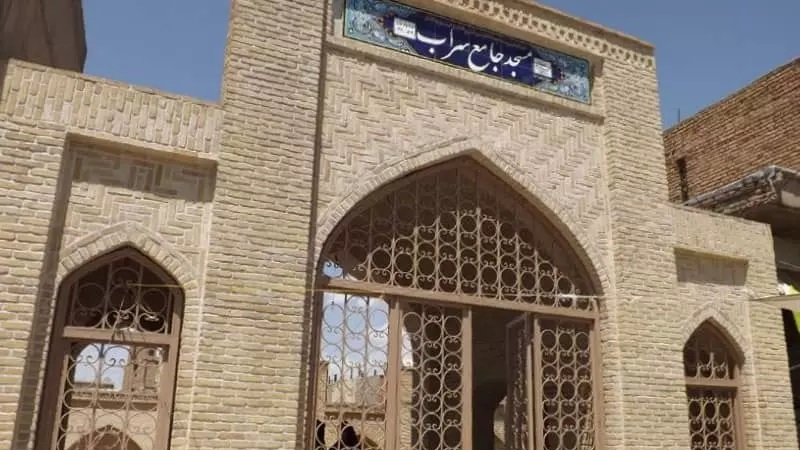
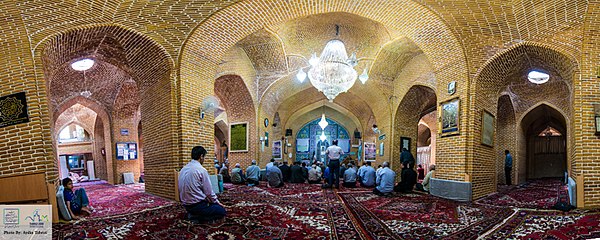
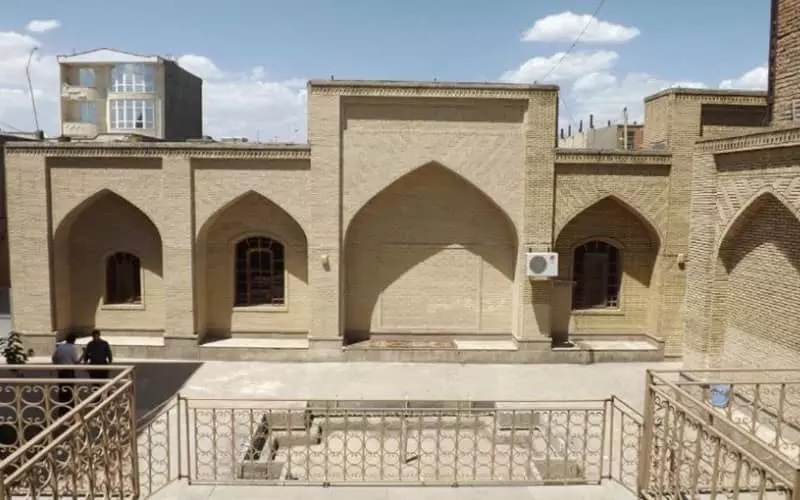
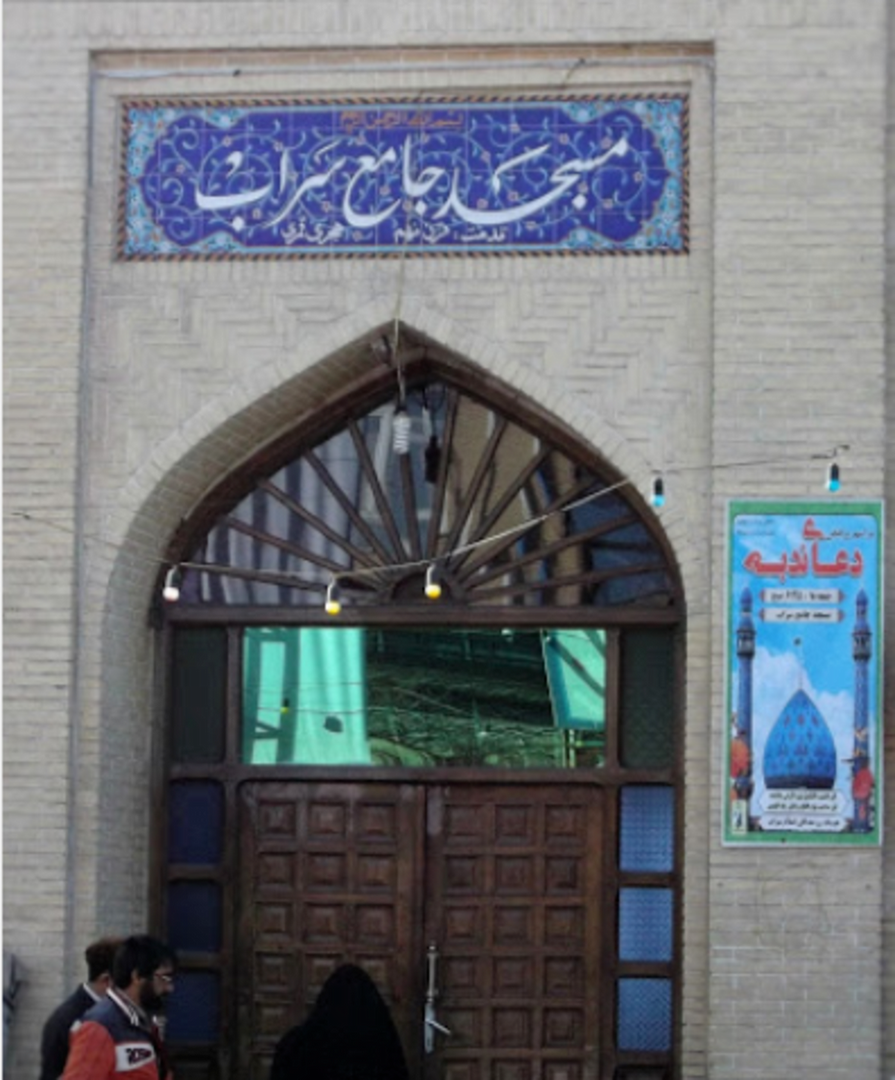





Sarab
With its rich history, natural beauty, and different climatic conditions in different parts, Iran can satisfy every tourist with any taste and interest. There are many cities in the desert, mountainous, and forest regions visiting every one of which can be a memorable trip; depending upon one’s interest. Sarab City of East Azarbaijan Province of Iran has pristine scenery and unique nature and is an ideal tourism destination for nature lovers.
Where Is Sarab Located?
Sarab County is the second largest county in East Azarbaijan Province and is located in the eastern part of this province. The area of this county is more than 3400 square kilometers. In 1949 AD Sarab was declared an independent county with Sarab city being its center.
Sarab City has an area of about 13 square kilometers and a population of nearly 50,000 people, and its distance from Tabriz and Ardabil is 134 kilometers and 86 kilometers respectively. The people of Sarab speak Azari Turkish, and farming and related industries are their most important occupations.
History of Sarab
Certain discovered evidence proves 8000 years of human habitation in what is known as Sarab City today. This city was inhabited during the rule of the Urartu Dynasty (first millennium BC). The existence of such sites as stone temples, castles, and a square arch belonging to the Sassanid era (224 to 651 AD) is proof of this claim.
The Geography and Climate of Sarab
Sarab is about 1600 meters above sea level. What has made this city one of the most beautiful cities in Iran is the presence of many rivers and streams in it, which has made this city look like a garden city. The most important rivers of Sarab include Suvin, Aghmiyun, Pesler, and Tajyar, which originate from the slopes of Sablan and flow southward. Aji Chay is one of the relatively large rivers of Sarab, which is formed by several other rivers, including Vanq Chay. In general, this area has abundant water resources and is one of the best areas of the province for agriculture and horticulture.
The climate of Sarab is cold and mountainous, and the number of frosty days of the year in this region is more than 180 days.
Sightseeing in Sarab
Choosing Sarab as a tourist destination is a smart choice because this area has an indescribable nature, several historical monuments, and tourist and recreational attractions. There are many hot springs with medicinal properties throughout Sarab County. Most of these springs are located in the Razliq region; an area whose pristine landscapes provide unique perspectives for nature lovers.
Aghmiyun Chahartaq arch, whose architecture is similar to the buildings of the Sassanid era, is one of the oldest historical buildings in Sarab County. There is a grave inside this site on which the date 708 AH (1308 AD) can be seen. Those interested in visiting historical buildings have many other options, too, such as Sarab Jame’ Mosque, Haj Malik Timcheh (Bazaar), Nomads Anthropology Museum, and the Grand Imamzadeh of Sarab.
Souvenirs of Sarab
Most tourists like to take a gift with them after visiting a city. Sarab’s local dairy products are the most well-known souvenirs of Sarab, which are especially prepared in rural areas by using pottery jars and water-skins and have a unique taste. Of course, industrially prepared dairy products of the region have their own importance in this region. Sarab’s natural honey also has a special reputation, especially because the bees of this region use the natural nectar of flowers and plants, making the honey produced in Sarab have special medicinal properties.
With its rich history, natural beauty, and different climatic conditions in different parts, Iran can satisfy every tourist with any taste and interest.
| Name | Sarab |
| Country | Iran |
| State | East Azerbaijan |
| City | Sarab |
| Type | Natural |
| Registration | No registration |
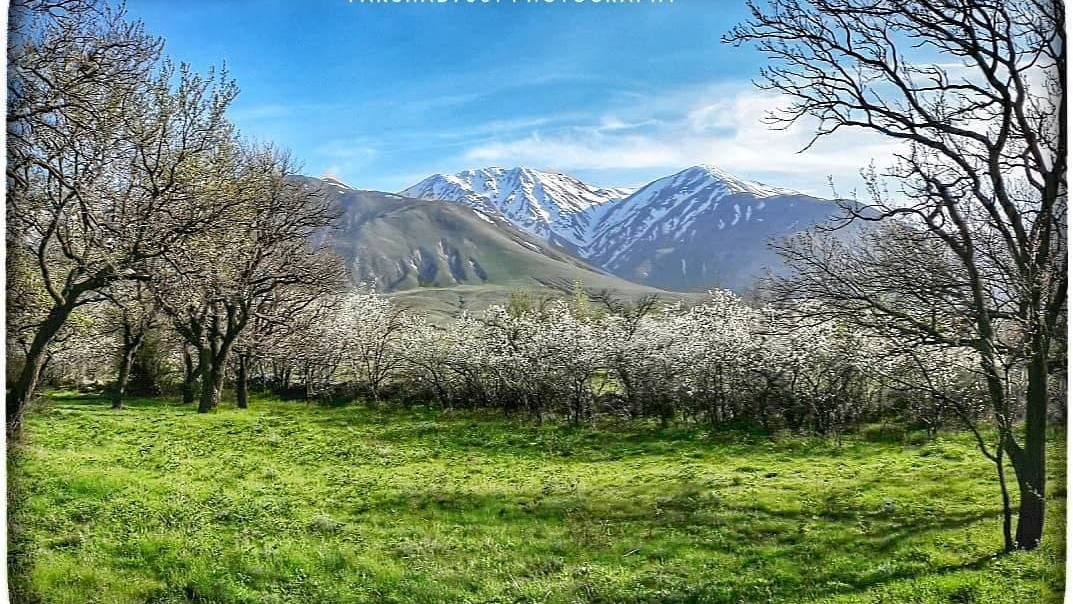
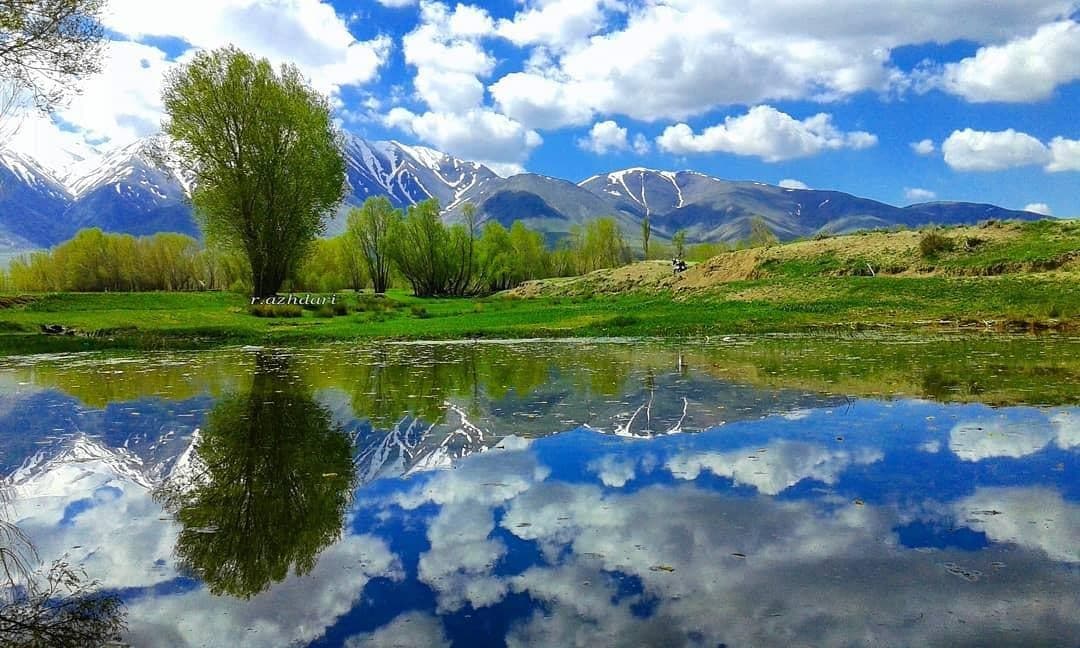



Sarab and its natural attractions
Sarab is located between the two mountain ranges of Bozgush (South) and Sablan (North), and for this reason, it has a cold and mountainous climate and is one of the coldest cities of Iran during winter. The average annual rainfall in Sarab is about 290 mm. The geographical and climatic conditions of Sarab have made this county one of the attractive destinations in summer when many tourists visit its recreational areas and enjoy its natural attractions.
Recreational Attractions of Sarab
There are several parks and gardens in Sarab city, including Laleh Park, Moalem Park, and Shahid Beheshti Park. Having an amusement park, Shahid Beheshti Park is considered one of the best recreational attractions of Sarab. This park becomes spectacular in summer when many colorful flowers grow in it. There are some spaces in this park where travelers can pitch tents or rest for an hour in the middle of their journey.
Natural Attractions of Sarab
Due to their shape and geographical diversity the mountains of Sarab attract many nature tourists. There are several villages and pristine areas in the middle of these mountains, that can be a destination for nature tourism in East Azarbaijan Province.
Asbforushan Village
Asbforushan is a village in the central part of Sarab County, which is located 22 kilometers south of this county. The people of the Asbforushan village mostly engage in agriculture and animal husbandry, but the favorable nature of the region has caused the flourishment of poultry, cattle, fish, and ostrich and beekeeping units in this village.
Because of its hot and cold mineral springs, this village is of interest to tourists. The hot spring of Asbforushan is located at the foot of the Bozgush mountain range. This spring releases between five and 15 liters of water every second, the temperature of which varies between 35 and 75 degrees Celsius. A cold water spring with very clear water also flows downstream from Asbforushan. Since the water of this spring flows through the sand and has a stunning ripple, the local people call it “Qezel Balagh” which means “Golden Spring”.
There is also a spectacular waterfall in this village, whose height is about three meters. This waterfall has different effects in summer and winter, each of which is very spectacular and attracts nature lovers and tourists.
Tourism Villages of Sarab
In addition to the village of Asbforoshan, on the slopes of the Bezgosh mountains, the villages of Allahhaq, Ardaha, and Shalkoon are also considered tourist destinations of Sarab County. These villages house hot springs, which have many healing properties. This feature is the reason that the road connecting these villages is known as “Health Road”.
Razliq Sights
There are many villages in the Razliq rural region in the northern part of Sarab city, each of which can be an ideal destination for nature lovers. The hot water springs and urban gardens of these villages welcome nature lovers and tourists. “Abras” or “Avars” is one of the famous hot springs of this region, which is located in a village with the same name. A dam with the same name has been built near the village, which has become a recreation resort for visitors.
Mirkuh is another village in this region, which is famous for having a waterfall called Shorshor. Animals such as wolves, bears, boars, and foxes form the fauna of Lower Mirkuh.
The Villages of Sablan Range
Other natural attractions of Sarab include the villages located on the foothills of the Sablan mountains. Sahzab and Aghmiyun are two of these villages, which are located near each other and in one of the most spectacular natural areas of Sarab. A permanent river named “Sulichay” flows in Sahzab, which keeps the area green.
Located between the two mountain ranges of Bozgush (South) and Sablan (North), Sarab has a cold and mountainous climate and is one of the coldest cities of Iran during winter.
| Name | Sarab and its natural attractions |
| Country | Iran |
| State | East Azerbaijan |
| City | Sarab |
| Type | Natural |
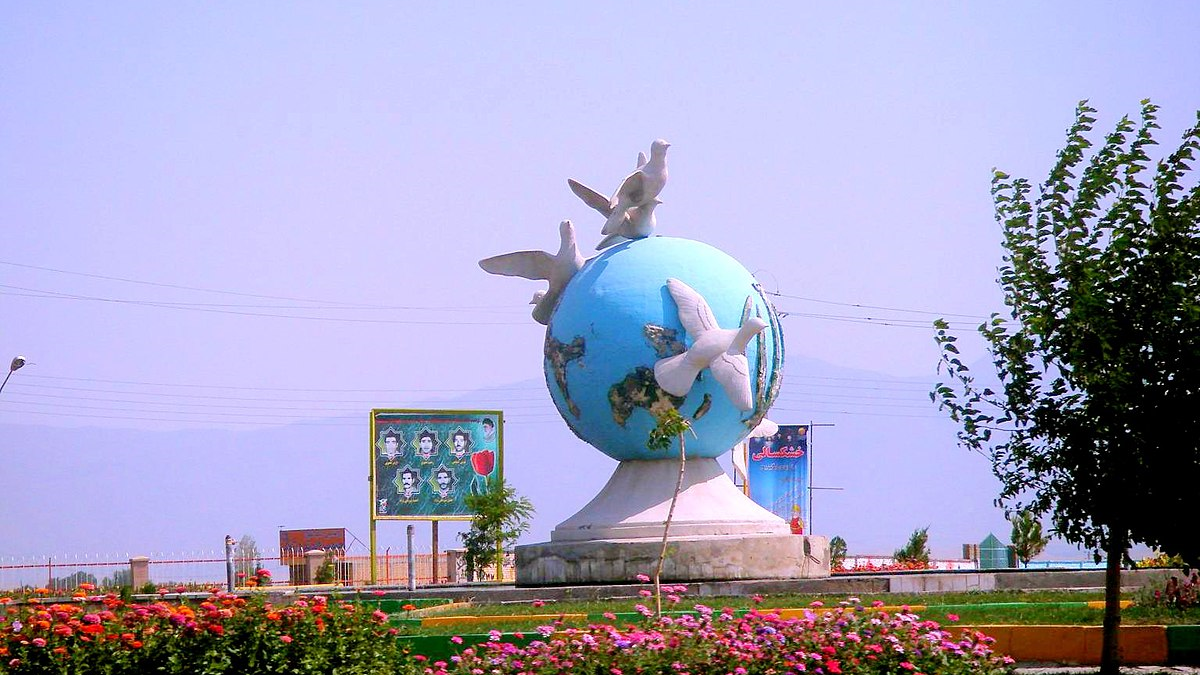

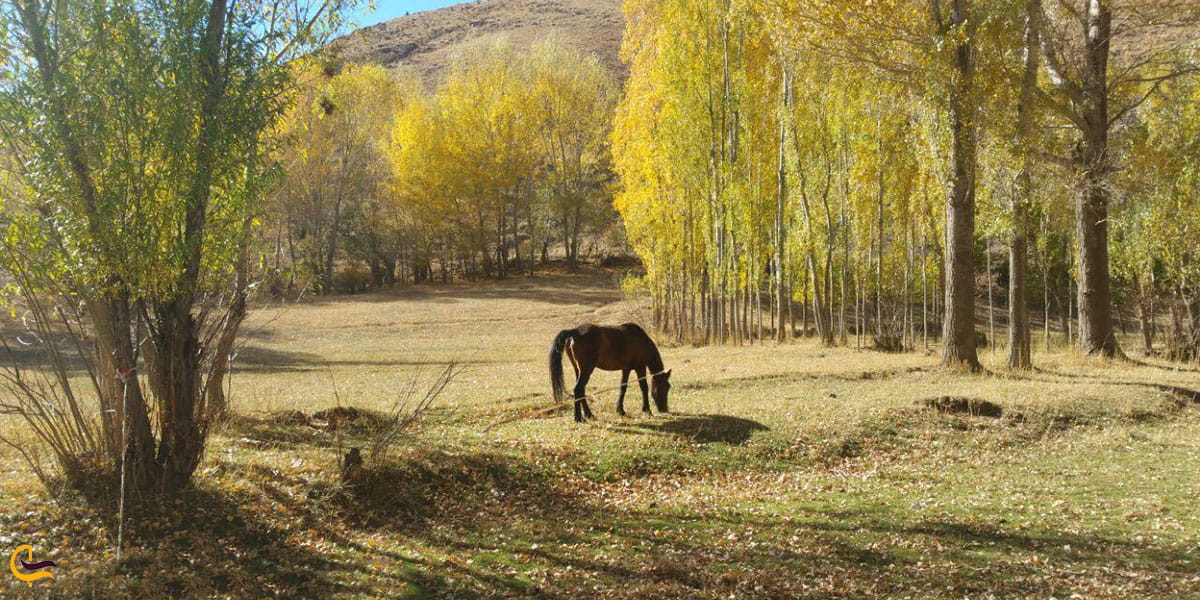


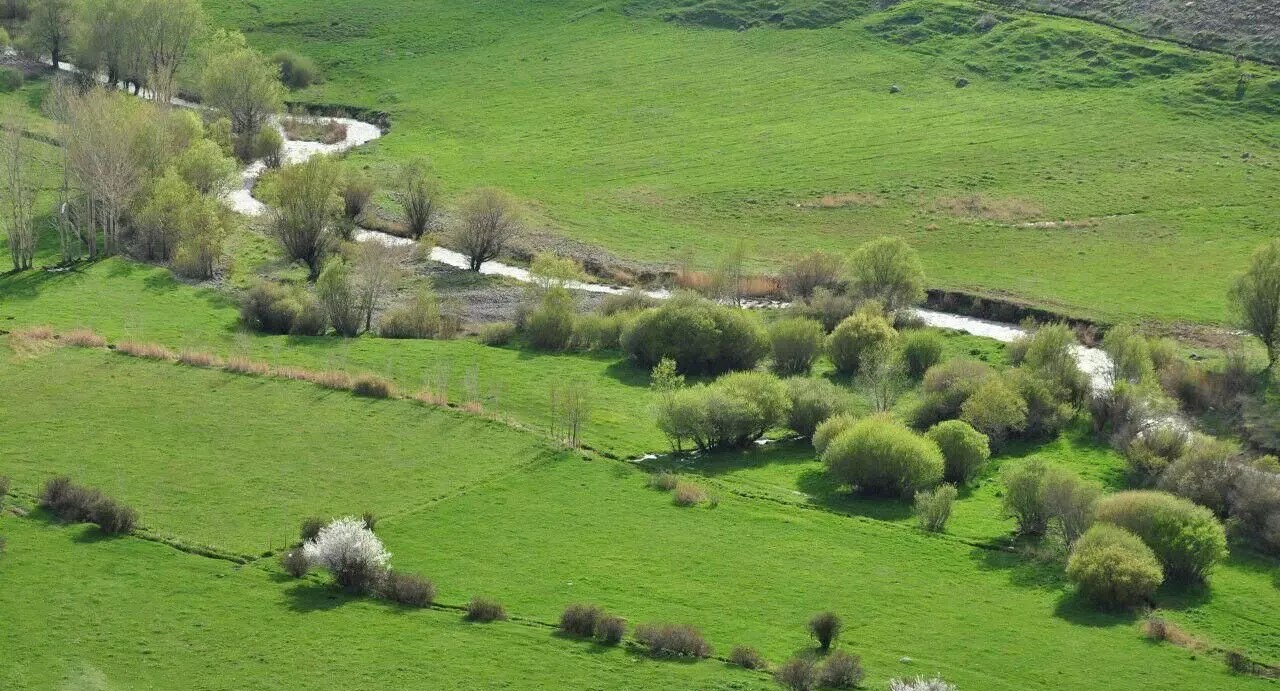
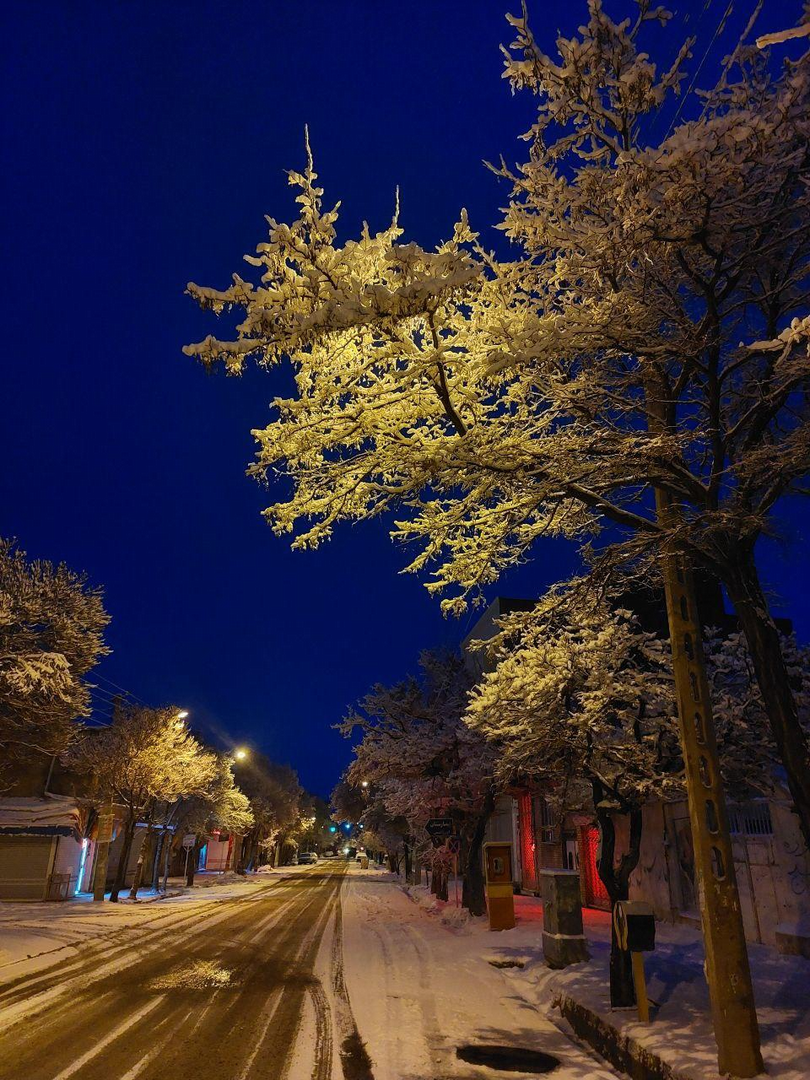
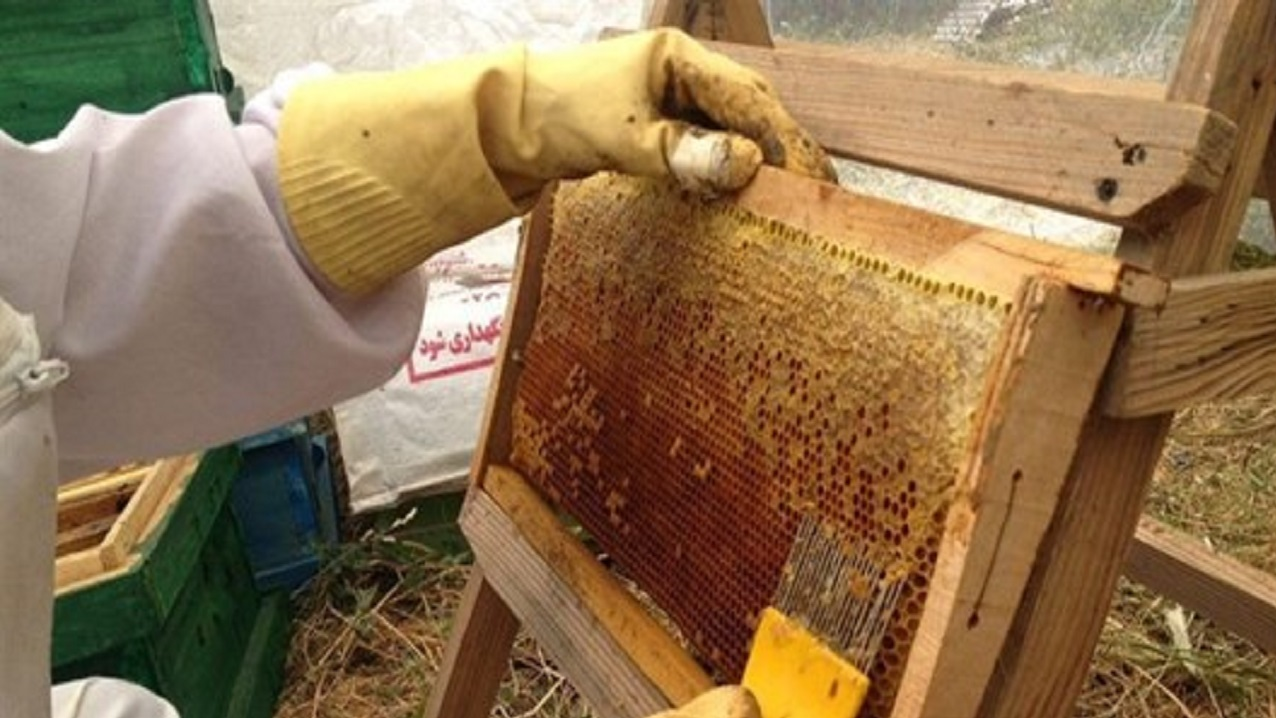
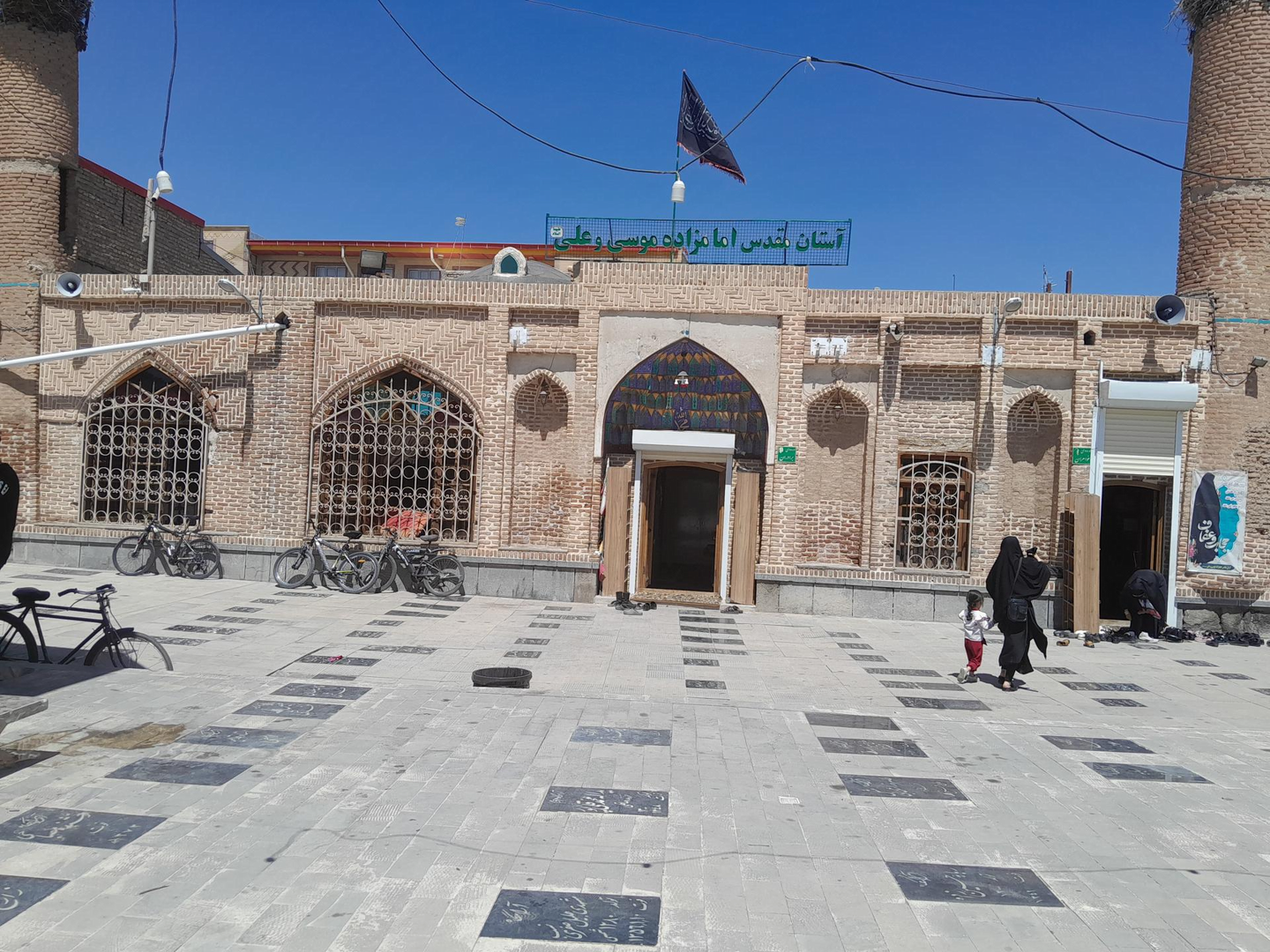









Choose blindless
Red blindless Green blindless Blue blindless Red hard to see Green hard to see Blue hard to see Monochrome Special MonochromeFont size change:
Change word spacing:
Change line height:
Change mouse type:
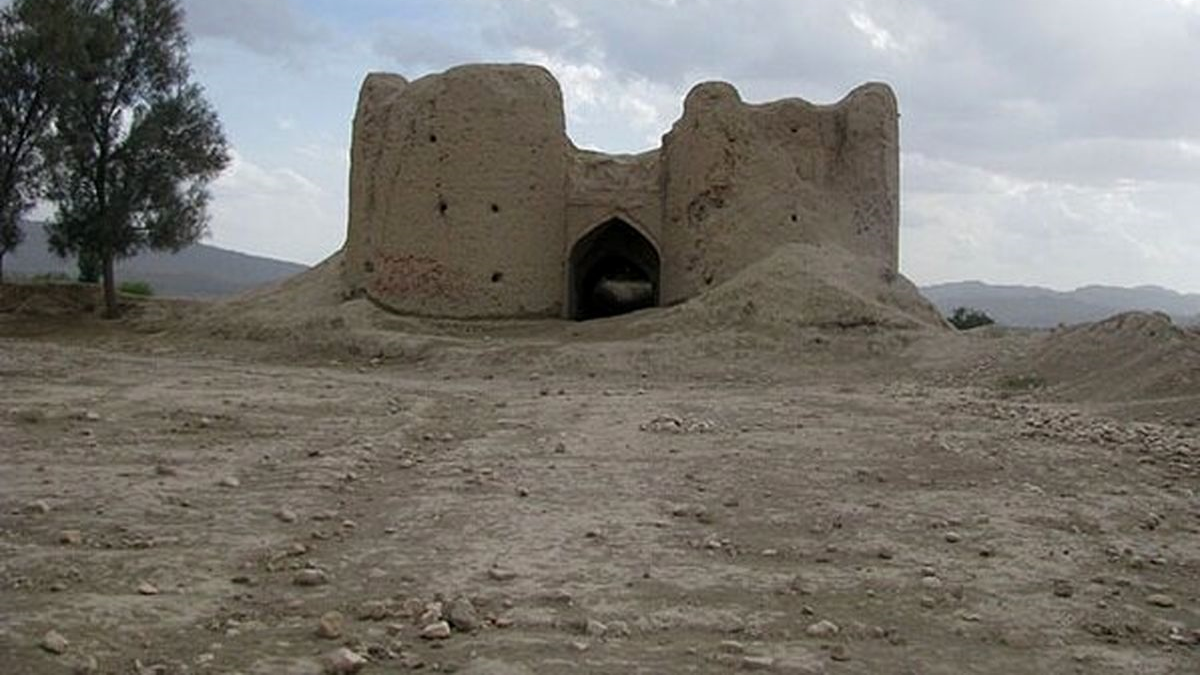
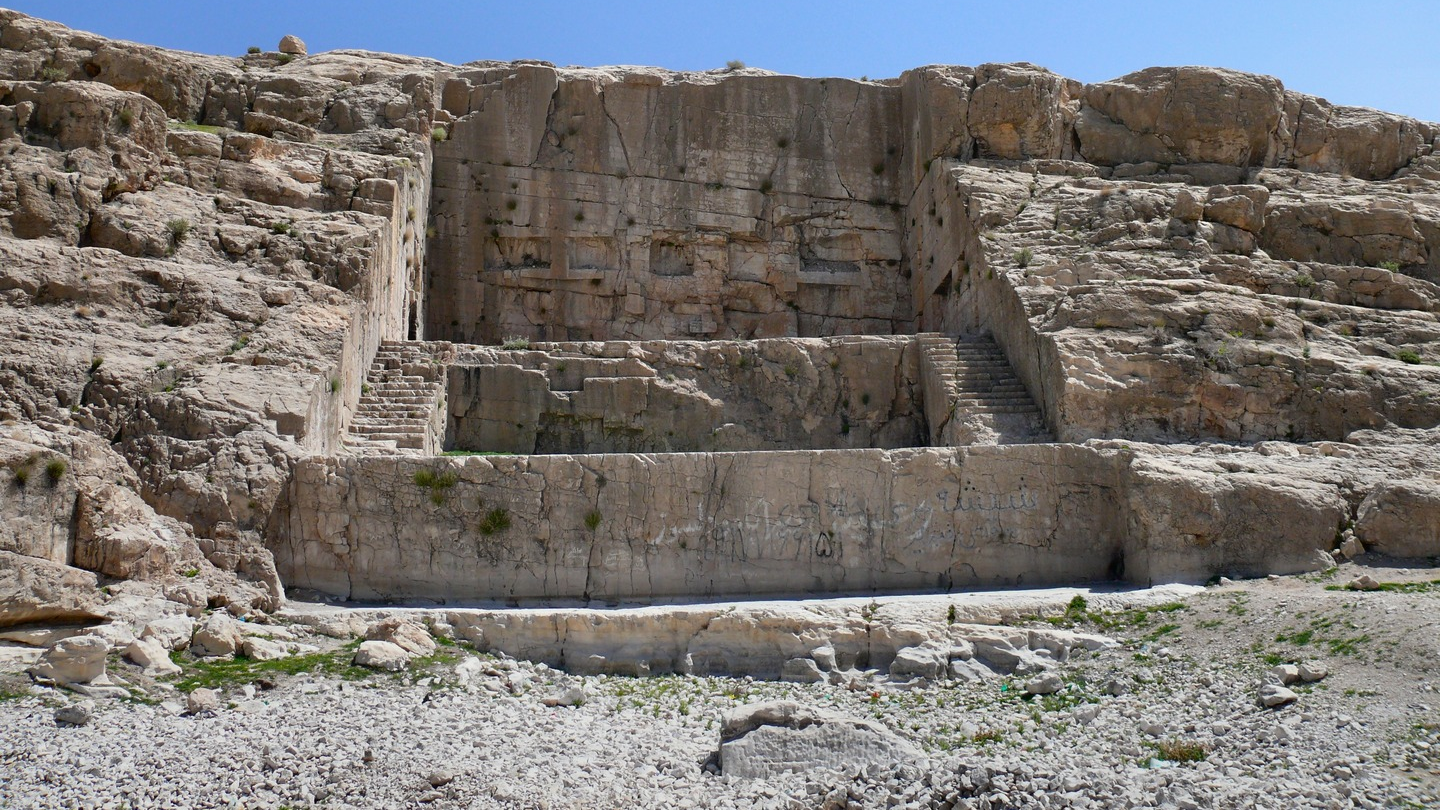
.jpg)

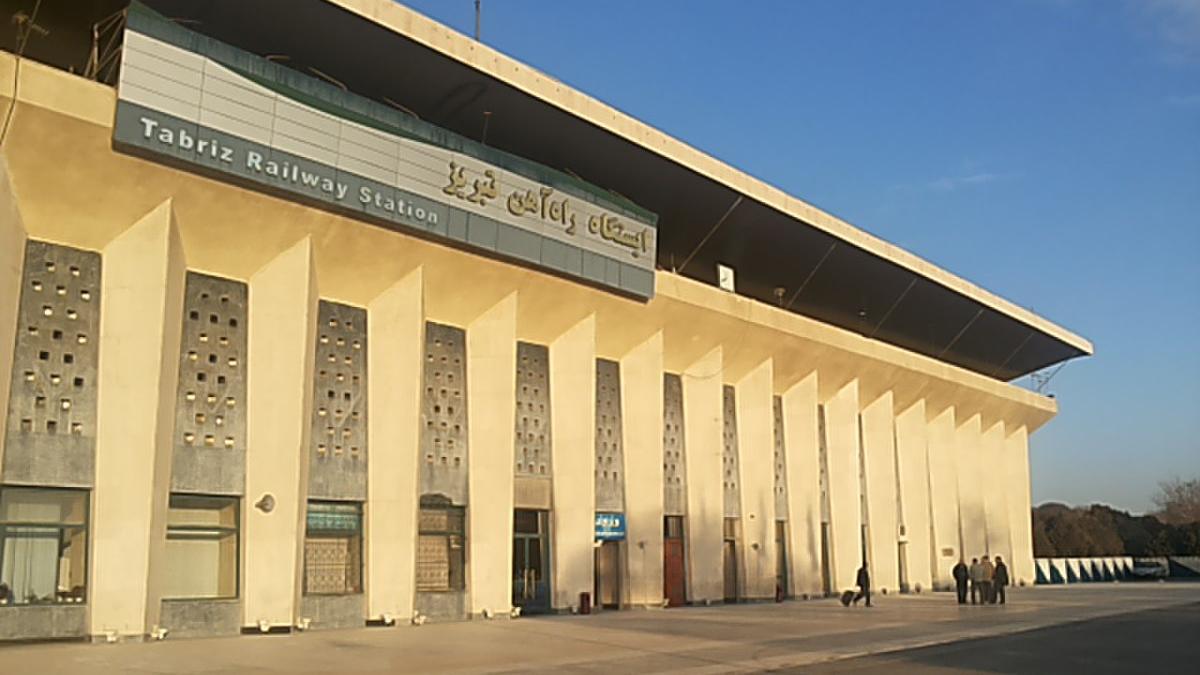
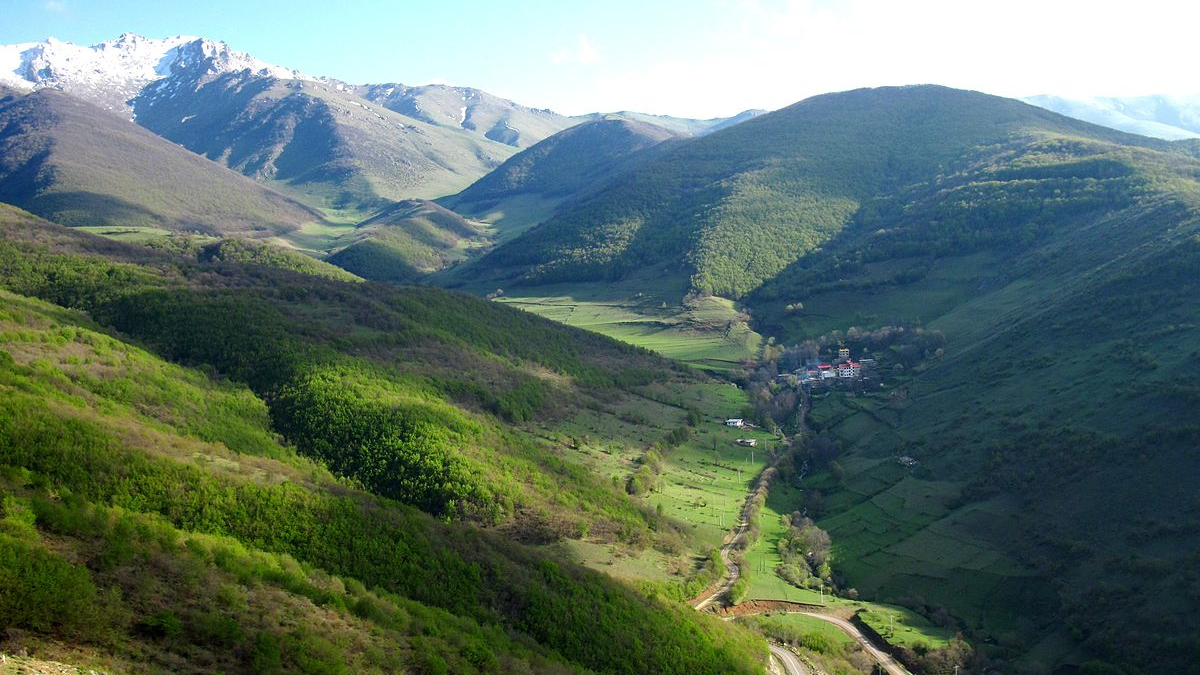
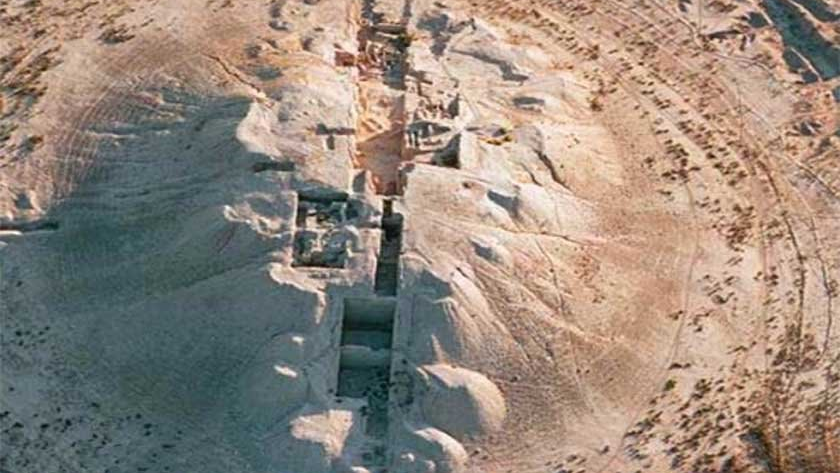
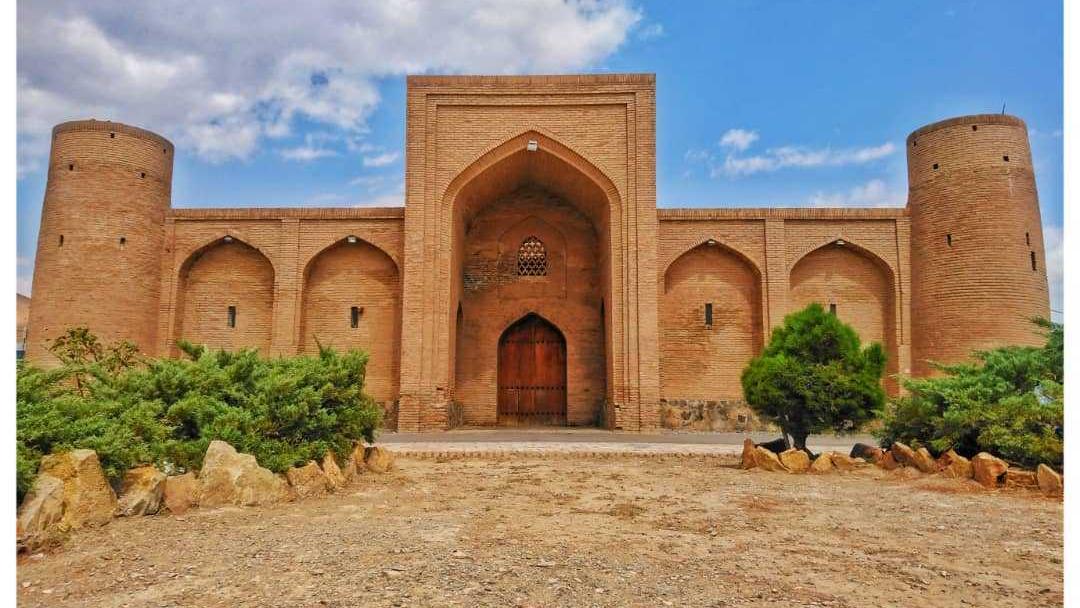
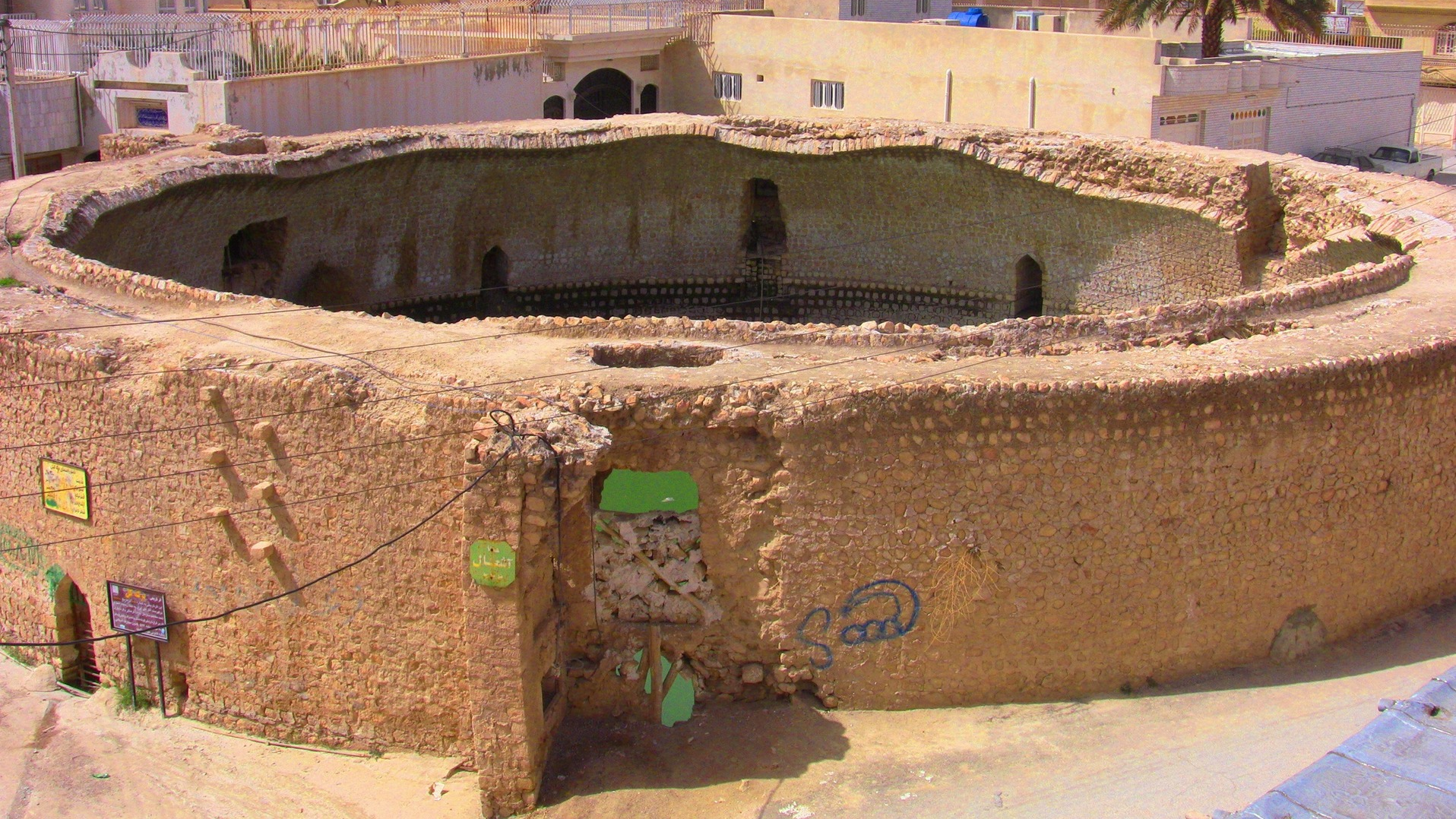
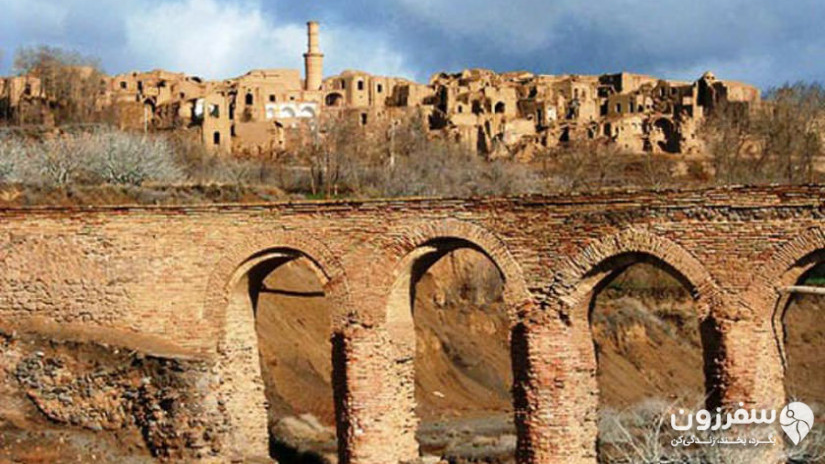
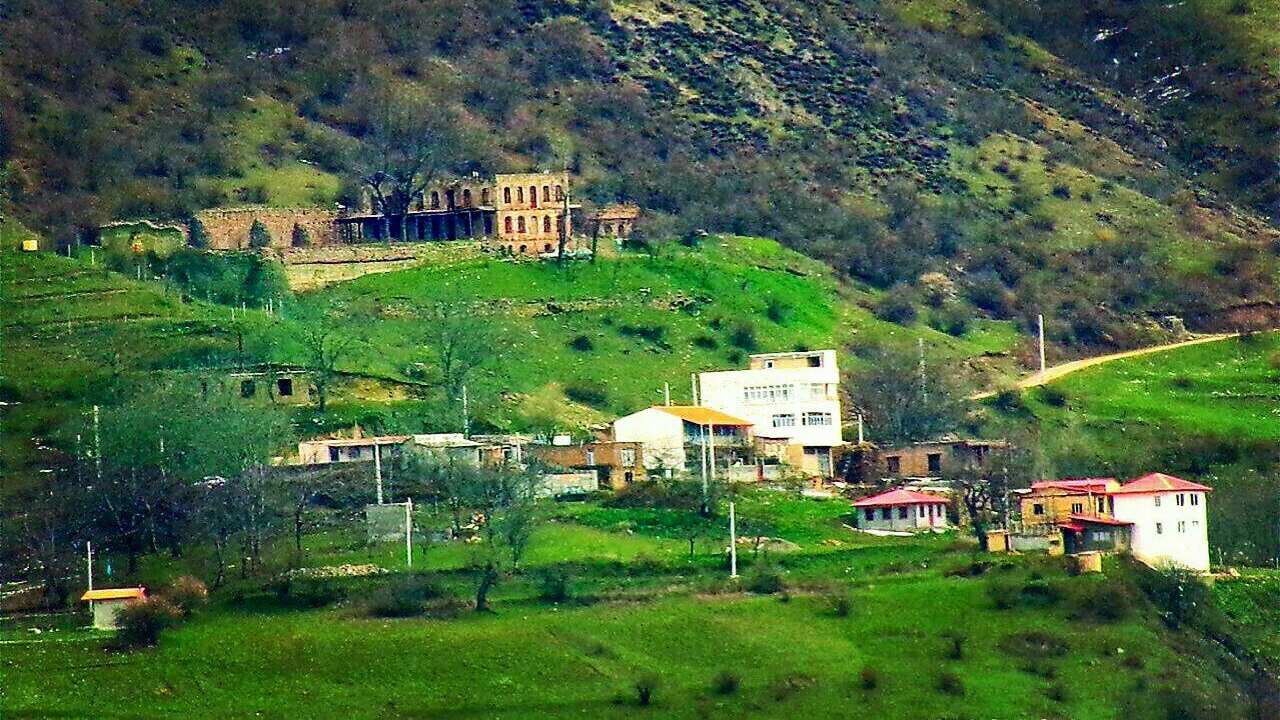
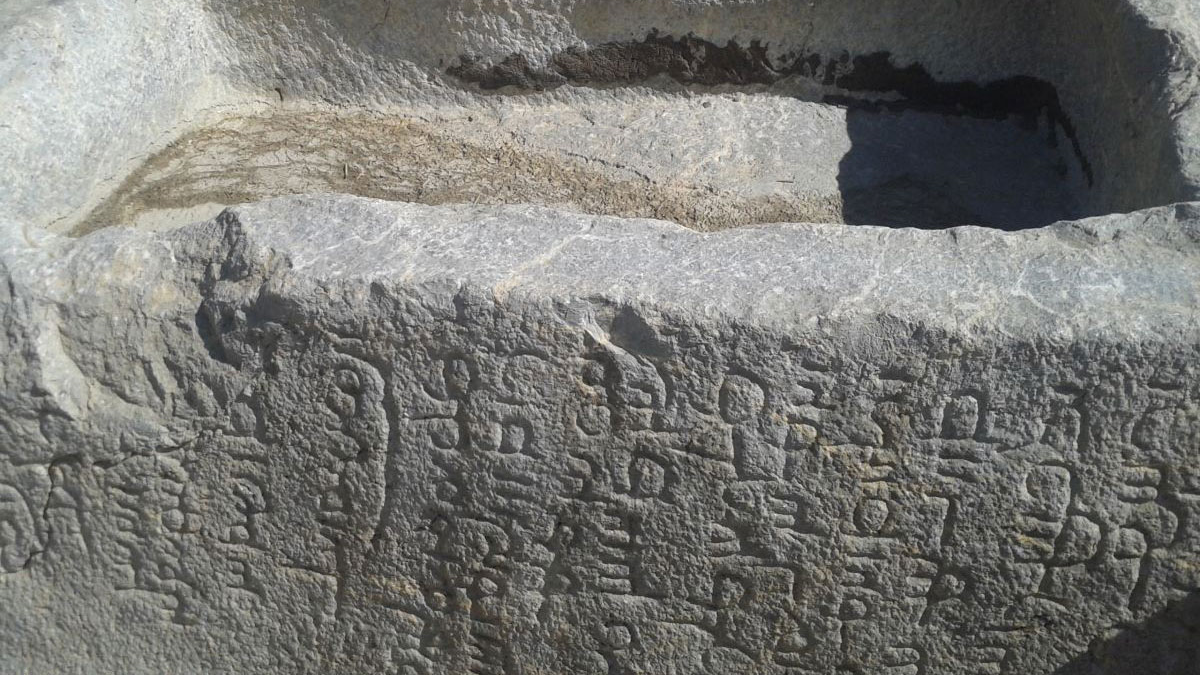

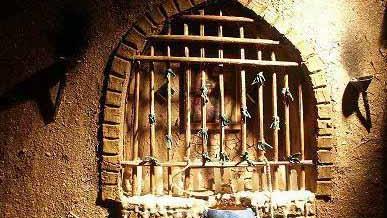
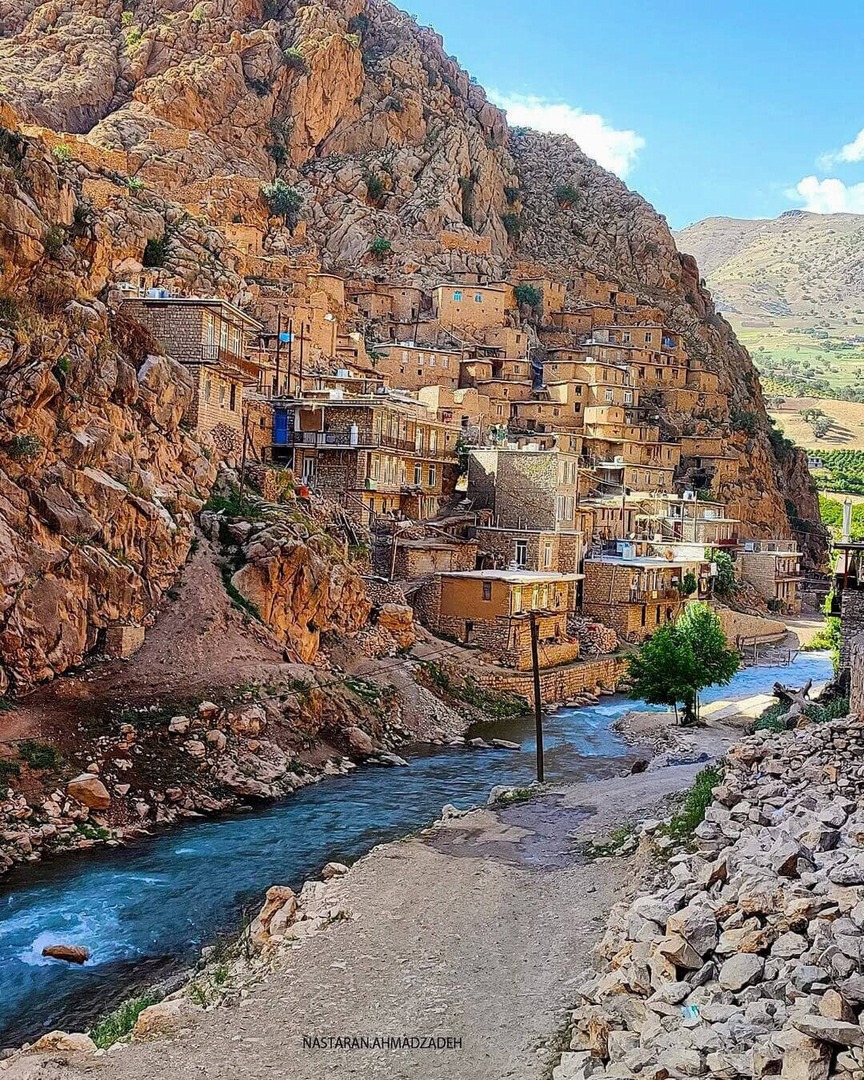
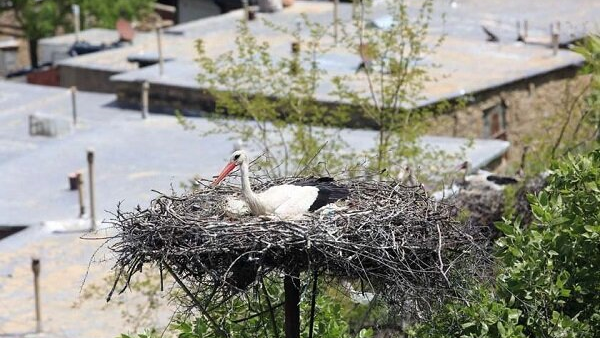
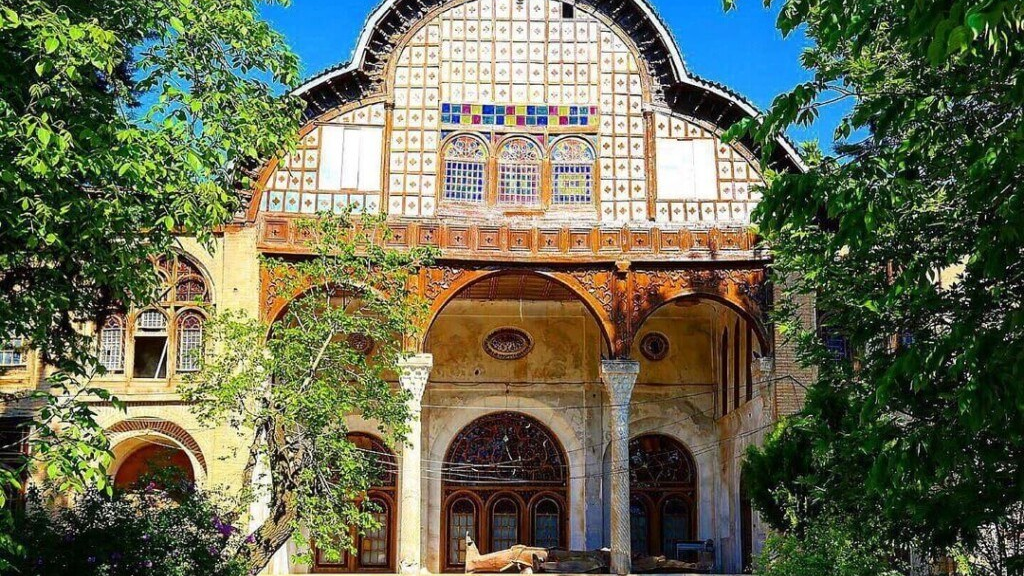
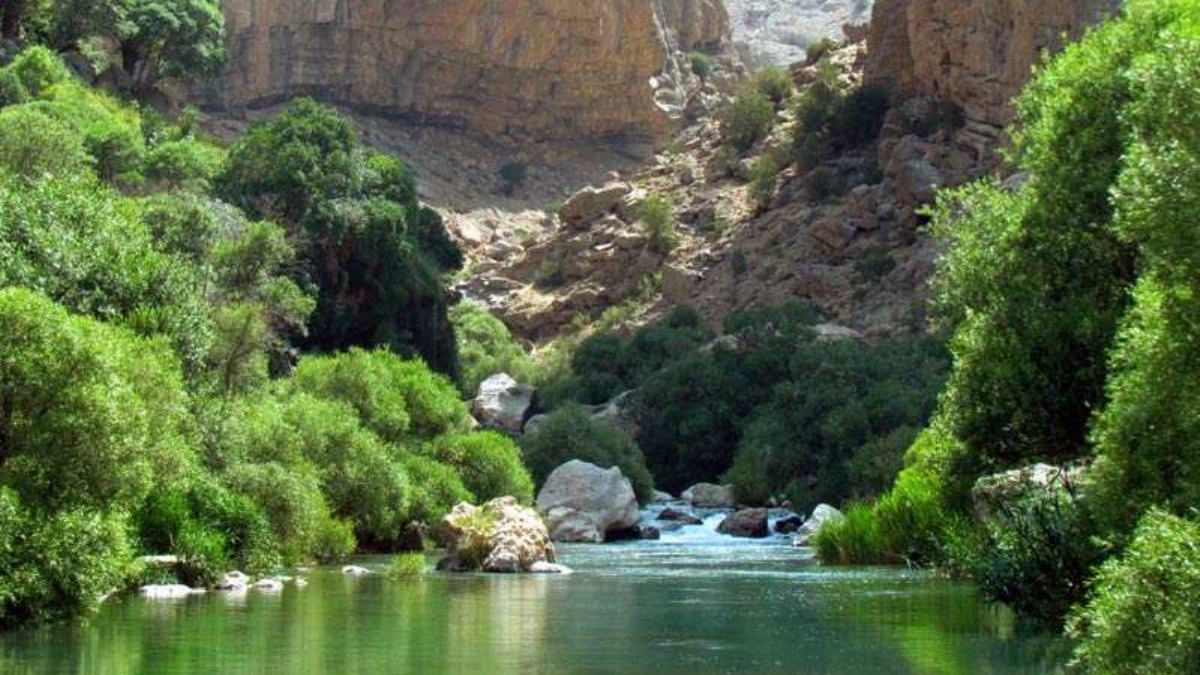

_crop_3.jpg)
